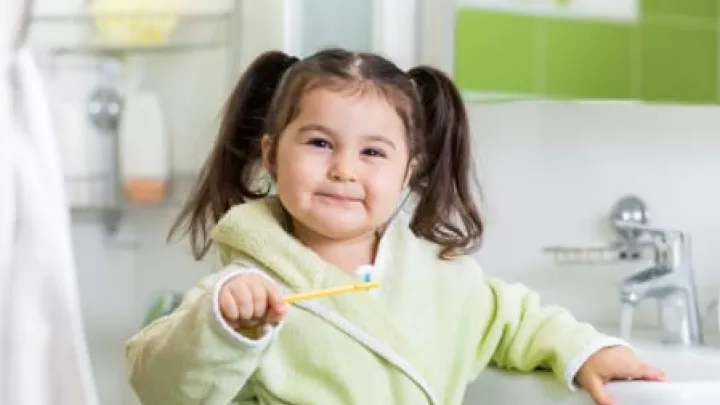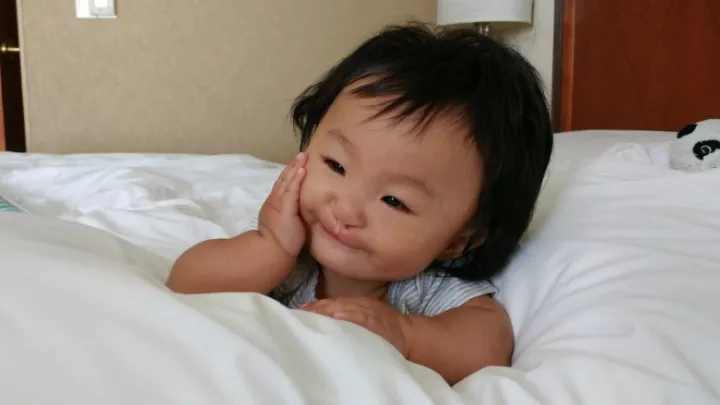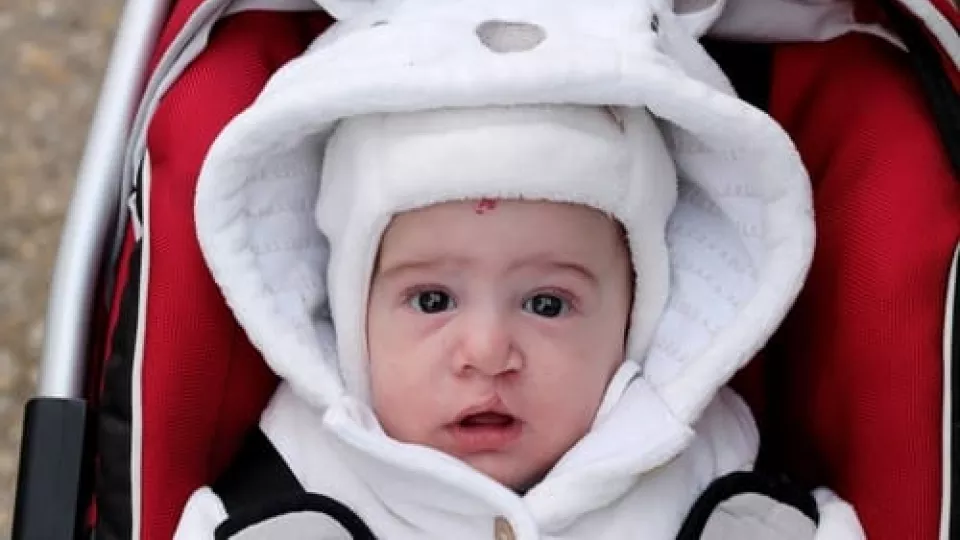
Bridging the Gap
In honor of National Cleft and Craniofacial Awareness and Prevention Month in July, I would like to highlight a special program here at CHLA called the NAM Program, which stands for Nasoalveolar (the area around the nose and jaw that support the teeth) Molding. This special technique helps make corrective surgery for cleft lip and palate deformities much more effective.
Cleft lip and palate is one of the most common birth defects in the U.S., according to the Centers for Disease Control and Prevention (CDC). This means that the baby is born with a cleft—a split or opening—in the upper lip and/or the hard boney palate in the mouth, extending up under or into the nose. The CDC website says that about 20 babies per day are born in the U.S. with these deformities, which can cause:
- Feeding problems
- Frequent ear infections
- Speech problems
- Hearing problems
There have been presurgical treatments for this condition since the 1950s. In 1993, Barry Grayson, DDS, and his team worked on a technique to correct these deformities and over time this developed into a presurgical procedure called NAM.
The NAM Program started in 2004 at CHLA by John Groper, DDS, MS and Simon Gamer, DDS, and has helped hundreds of children since then. Pregnant mothers are referred to the program before the baby is even born if a defect of this type is suspected. This offers the best chance of success as the actual treatment should start during the first week of life. Any trust that the mother can build with the team ahead of time can help ensure that she arrives in a timely manner after birth and completes the treatment.
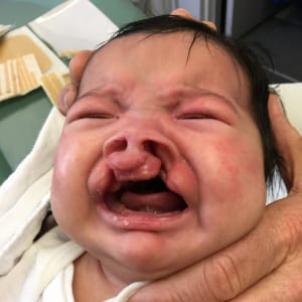
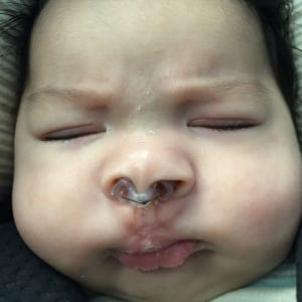
NAM brings the gum and lip together by remolding the infant’s tissues early in life while they are still very easy to manipulate—starting in the first week of life is ideal, and not later than 6 weeks of age. An oral appliance made especially for the child is molded and placed into his or her mouth, with a separate piece in the nose. The mouthpiece, once fitted, will remain in place for three to four months before the initial surgery, only being removed once daily for cleaning by the parent. The goal is to reduce the gap that surgeons need to join long before surgery ever takes place. Imagine repairing a gap of just millimeters, instead of a gap the width of a centimeter or more. This helps create the optimal individual outcome for babies with cleft lip or palate.
This procedure takes a team of craniofacial/plastic surgeons and nurses, a pediatric dentist, a prosthodontist, nurses and technicians who have perfected the technique and partner with the family to build a close relationship during and after the process. At Children’s Hospital Los Angeles, the entire team is on the same floor of our Outpatient Tower, making communication and consulting convenient and timely. Gamer and Groper say this is a very special and unique thing that helps make our program so successful.
Measures for success:
- The doctors and dentists must have expertise in this area of treatment.
- The parents of the child must get educated and be compliant with the treatment plan.
- The baby must be accepting of the appliance, even though often there is an adjustment period that can be difficult.
If the family is persistent and works with the team to complete the program before the first surgery, the results can be miraculous, according to Gamer and Groper. Part of the team also includes other families who have been through this procedure, who help and support new families just starting out. It is amazing the difference this program can make for the child and the whole family!

